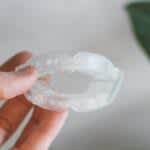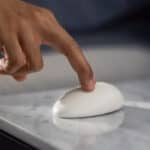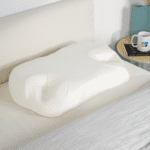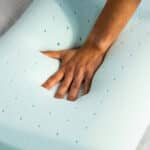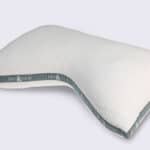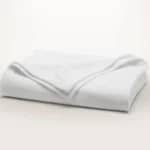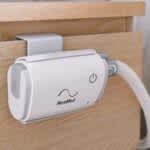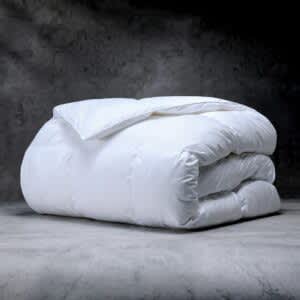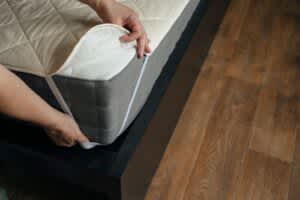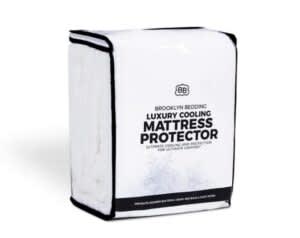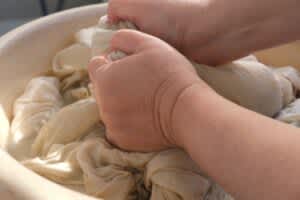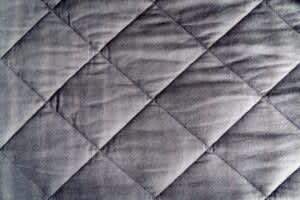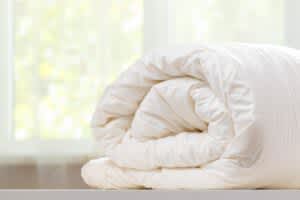Thread count is one of the most common criteria shoppers look at when shopping for sheets. This measure refers to how many individual threads are in one square inch of the fabric. Some think that a higher thread count is inherently superior, but that isn’t necessarily the case. Different materials and weaves vary in their ideal thread counts.
To clear up any confusion, we’ll explain thread count and how it’s calculated before sharing the optimal thread counts for common sheet materials and weaves.
What Is Thread Count?
Thread count is determined by measuring the number of warp (lengthwise) and weft (widthwise) threads in one square inch of material. If there are 150 warp threads and 150 weft threads in a square inch, the fabric has a thread count of 300. The thread count varies based on the thickness of the yarn and the tightness of the weave.
Lower thread counts relative to the material type and weave typically equate to flimsier, rougher sheets. Higher thread count options tend to be smoother and more durable, but they can also feel warmer and heavier. Selecting the best thread count for you can enhance your sleep environment.
Is a Higher Thread Count Better?
It’s a common belief that a higher thread count means higher quality, but this is not always true. The quality of the material is also very important. Sheets with a low thread count but high-quality materials may feel softer than high thread count sheets that use lower-quality materials.
Shoppers should be aware that some bedding manufacturers attempt to capitalize on the misconception that thread count relates to quality by inflating their numbers. For example, a manufacturer might use lower-quality multi-ply threads and count each ply separately. If you see a thread count over 600, be wary.
Shop the Best Sheets of 2024What Thread Count Is Best?
There isn’t one right answer as to which thread count is best. The quality of the material, the type of material, and the weave all play roles in how sheets feel. Your personal preferences, sleep hygiene practices, and preferred care procedures also influence the best option for you. However, sheets with thread counts between 200 and 800 often combine comfort and quality.
Ideal Thread Count Ranges for Common Fabrics
The ideal thread count range is typically between 200 and 800, though 200 to 400 is also appropriate for most types of materials and weaves. Linen is a notable exception to this rule, as it traditionally has a much lower thread count. Plus, thread count is less useful as a quality indicator for linen.
Microfiber, flannel, and jersey are usually measured in grams per square meter (GSM) rather than thread count. Silk is measured in momme, which indicates the weight in pounds of a piece measuring 45 inches by 100 yards.
Ideal Thread Counts
Material | Thread Count |
|---|---|
200-400 | |
Egyptian Cotton | 300-400 |
Pima Cotton | 200-400 |
Rayon/Viscose | 300-500 |
Linen | 80-140 |
200-400 | |
300-600 | |
Microfiber | 90-120 GSM |
Flannel | 170+ GSM |
Jersey | ~150 GSM |
Silk | 17-22 momme |
Ask the Sleep Doctor
Have questions about sleep? Submit them here! We use your questions to help us decide topics for articles, videos, and newsletters. We try to answer as many questions as possible. You can also send us an email. Please note, we cannot provide specific medical advice, and always recommend you contact your doctor for any medical matters.





